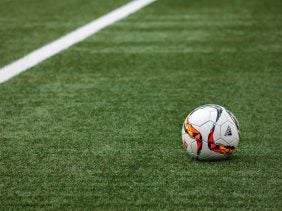Side Stitch: Prevent them & 6 instant ways to beat them
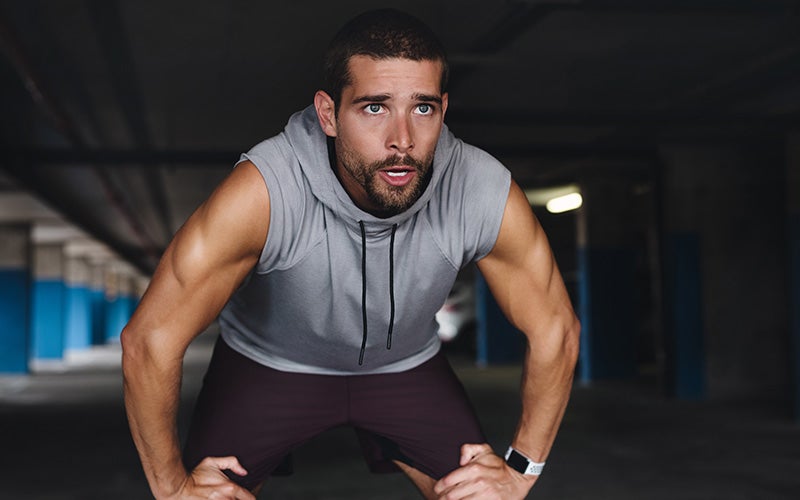 ©PeopleImages
©PeopleImages
A sudden side stitch can bring down even advanced athletes. These muscle cramps usually happen suddenly and can have various causes. Find out here how to prevent a side stitch, what causes it, and six suggestions to help you recover right away.
Symptoms of a side stitch
You can jog those first few kilometers no problem, but suddenly a sharp stabbing pain in your side forces you to take a break. Side stitches (known scientifically as exercise-related transient abdominal pain, or ETAP) are cramp-like pains in your upper torso, usually located just below your rib cage: On the left side, they hit near your spleen, and on the right side they are around your liver.
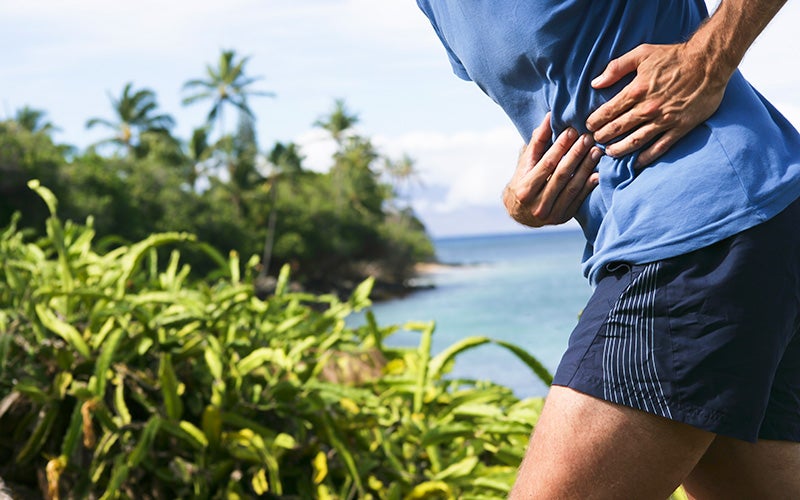
According to a survey1, endurance athletes of the following sports suffer from a side stitch more often than average: swimming (75 percent), running (69 percent), horseback riding (62 percent), aerobics (52 percent), basketball (47 percent), and cycling (32 percent). According to an Australian study2, the symptoms mostly occur during repetitive torso movements. These can be rotations in the upper part of the body, such as when swimming the crawl, or vertical movements, like going for a run.
The painfulness of each side stitch can vary and is not linked with body weight or gender. The good news? You will get side stitches less frequently as you age3.
What causes the side cramp?
We all know them, but science hasn’t found the exact cause of the side ache yet4. There are plenty of different theories for the occurrence, though:
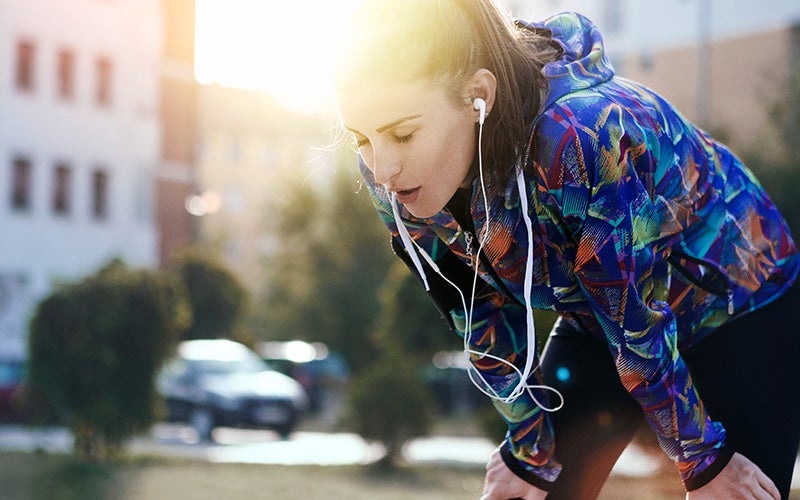
1. Overexerting your diaphragm
The diaphragm is a muscle that sits between your abdomen and your chest cavity and controls our breathing. The more intense our physical activity, the faster and deeper we breathe. For beginner runners or other athletes, we may develop an irregular breathing pattern during intense exercise, leading to a greater strain on the diaphragm. If it cannot get enough oxygen it cramps up, which shows up as localized pain in the upper abdomen5.
This theory is supported by the fact that side cramps often go away as soon as athletes slow down their pace and reduce the pressure on their diaphragm6. But an argument against the theory is that we are breathing constantly, even when we are not exercising (of course), meaning our diaphragm is constantly under pressure. According to Klaus Völker7, former director of the Institute for Sports Medicine at the University Hospital Münster and representative for further education of the German Society for Sports Medicine and Prevention, it’s rather unlikely that the diaphragm can be overstrained in this way.
2. Bad posture
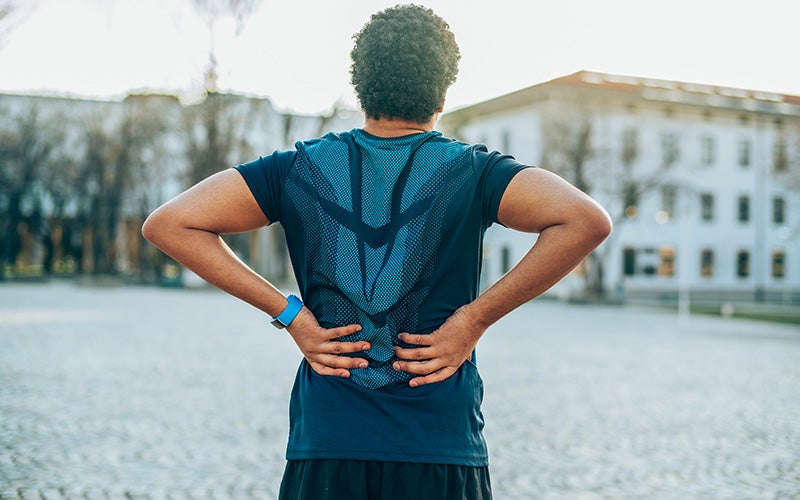
The organs in the abdominal cavity – including your liver, spleen and stomach – are sensitive to pressure or traction. If they are under unaccustomed strain, it can cause a cramp-like pain, which we perceive as a side stitch8. A possible trigger is posture: an arched back, hunchback or scoliosis, as well as drooping shoulders, can increase pressure on our organs. This theory is supported by the fact that the pain often fades as soon as one stretches their arms over the head.
3. Flatulence
Trapped wind can also be responsible for side stitches. The extra bloating squeezes on the abdominal cavity, which in turn can increase the pressure and tension on the surrounding organs9.
4. Distension of liver and spleen
Endurance sports increase blood circulation by up to 30 percent, on average. The more intensive the workout, the faster your blood pumps through your body to supply your organs with oxygen. This may cause the organ tissue of the liver and spleen to be overworked, resulting in stabbing pain in these parts of the body10.
5. Working out with a full stomach
Anyone who has ever started exercising shortly after eating knows that it’s not a great idea. When you work out on a full stomach, your digestive organs and your muscles both need oxygen-rich blood. The two systems compete with each other and neither gets sufficient nutrients. One possible result is side stitches11.

Preventing side stitches
The possible causes of side stitches are varied and not always clear. On the other hand, experienced athletes are relatively unanimous about the ways to prevent them:
- Starting two to three hours before exercise, avoid bloating, high-fiber meals, and fruit juices or other sugary drinks. (12)
- Shortly before exercise, eat only easily digestible food, like a banana or a tablespoon of nuts.
- Drink in small sips; don’t chug your water.
- Start the workout moderately and increase the intensity slowly. Your heart rate shouldn’t shoot up too fast.
- Work your core regularly to accustom your core muscles to the strain.
- Breathing exercises, especially conscious abdominal breathing, can promote the elasticity of the ligaments in your torso.
Tip: Our Energy Aminos are the ideal pre-workout drink, with three essential amino acids plus BCAAs and caffeine – to help push you to the max.
Energy Aminos – for total motivation
6 instant side stitch fixes
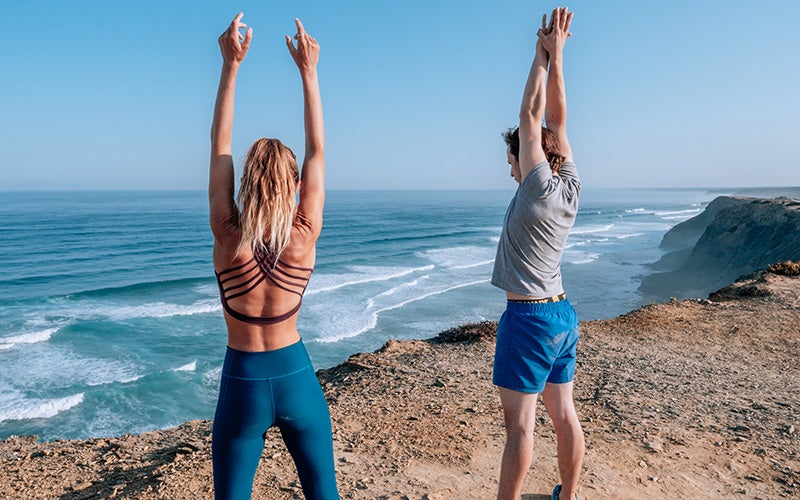
Anyone can be struck by a side stitch – from beginners to the most experienced runners. Here are our recommendations to relieve the acute pain as quickly as possible
- Slow your pace and take a break.
- Take deep and regular breaths.
- Stretch your arms over your head, open your chest and continue to take deep breaths.
- While taking a deep breath, press your hands on the area where you’re feeling the pain. When you exhale, release the pressure and tilt your upper body slightly forward.
- From a standing position, bend and stretch forward with your back straight and simultaneously tense your abdominal muscles. Continue to breathe evenly.
- Breathe in and out a larger volume of air than usual through pursed lips.
Conclusion
- “Side stitch” describes a sharp pain in the upper abdomen, below the ribs.
- Those affected by side stings are mainly endurance athletes, especially runners and swimmers.
- There are various theories about the reason they occur: it could be exercising with a full stomach, pressure on the organs due to incorrect posture, overloading of the diaphragm, or bloating and flatulence.
- In order to avoid side stings, avoid big meals, foods that cause gas, and sugary drinks for at least two hours before training.
- Regular core training and breathing exercises can prevent them.
- The most effective way to fight side aches is to slow down and take a deep breath and tilt the upper body slightly forward.
Sources for this article
We at foodspring use only high-quality sources, including peer-reviewed studies, to support the facts within our articles. Read our editorial policy to learn more about how we fact-check and keep our content accurate, reliable, and trustworthy.





























